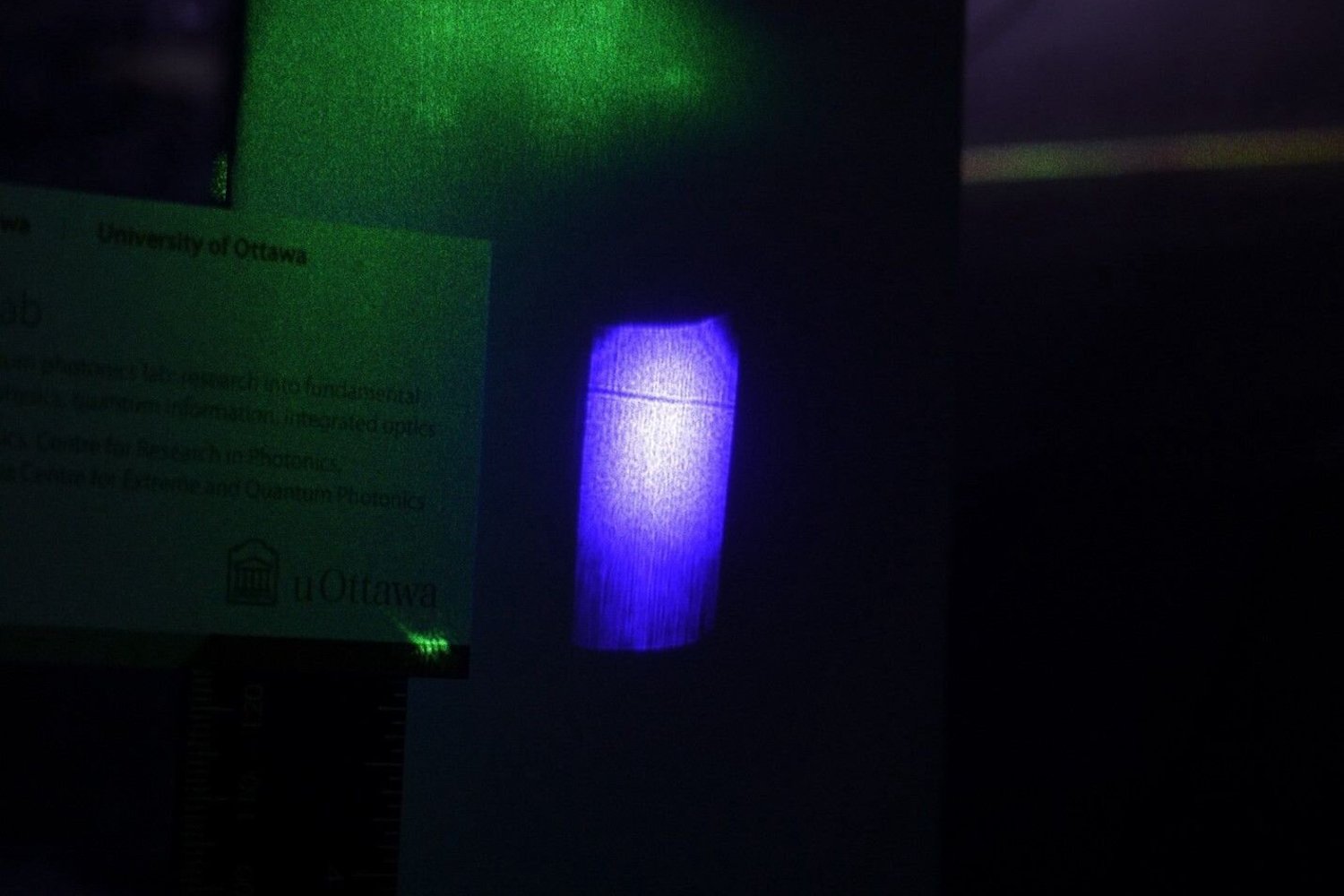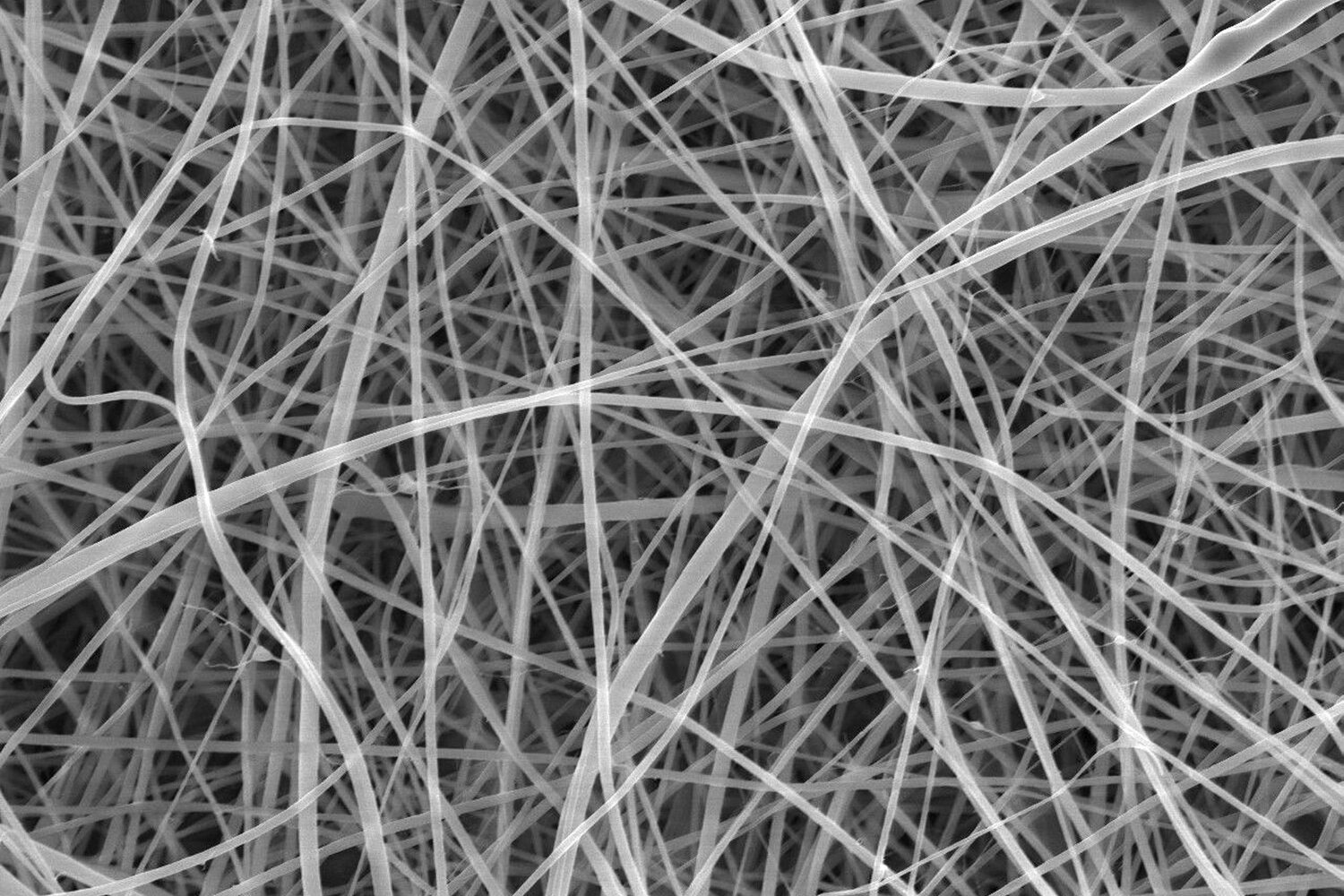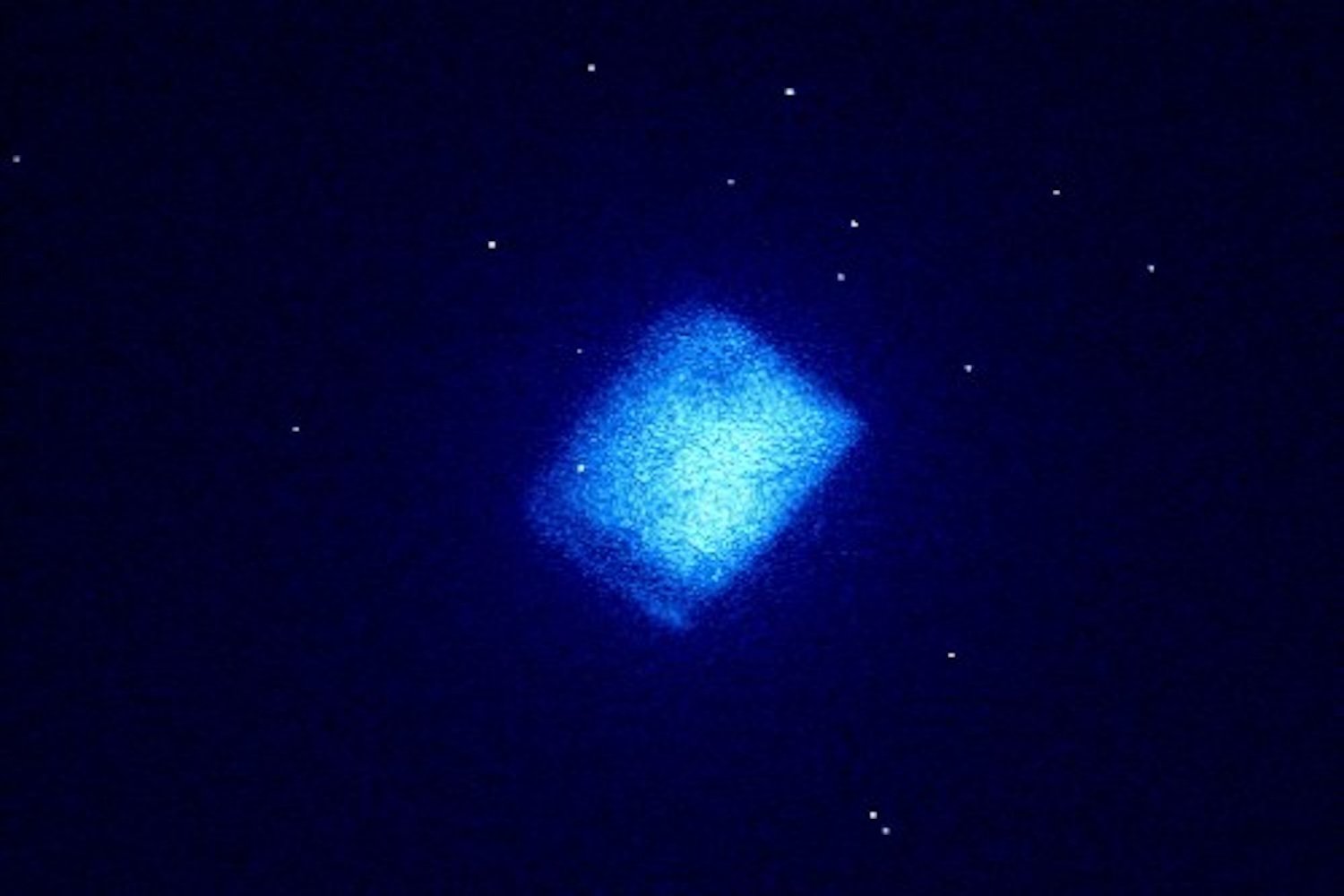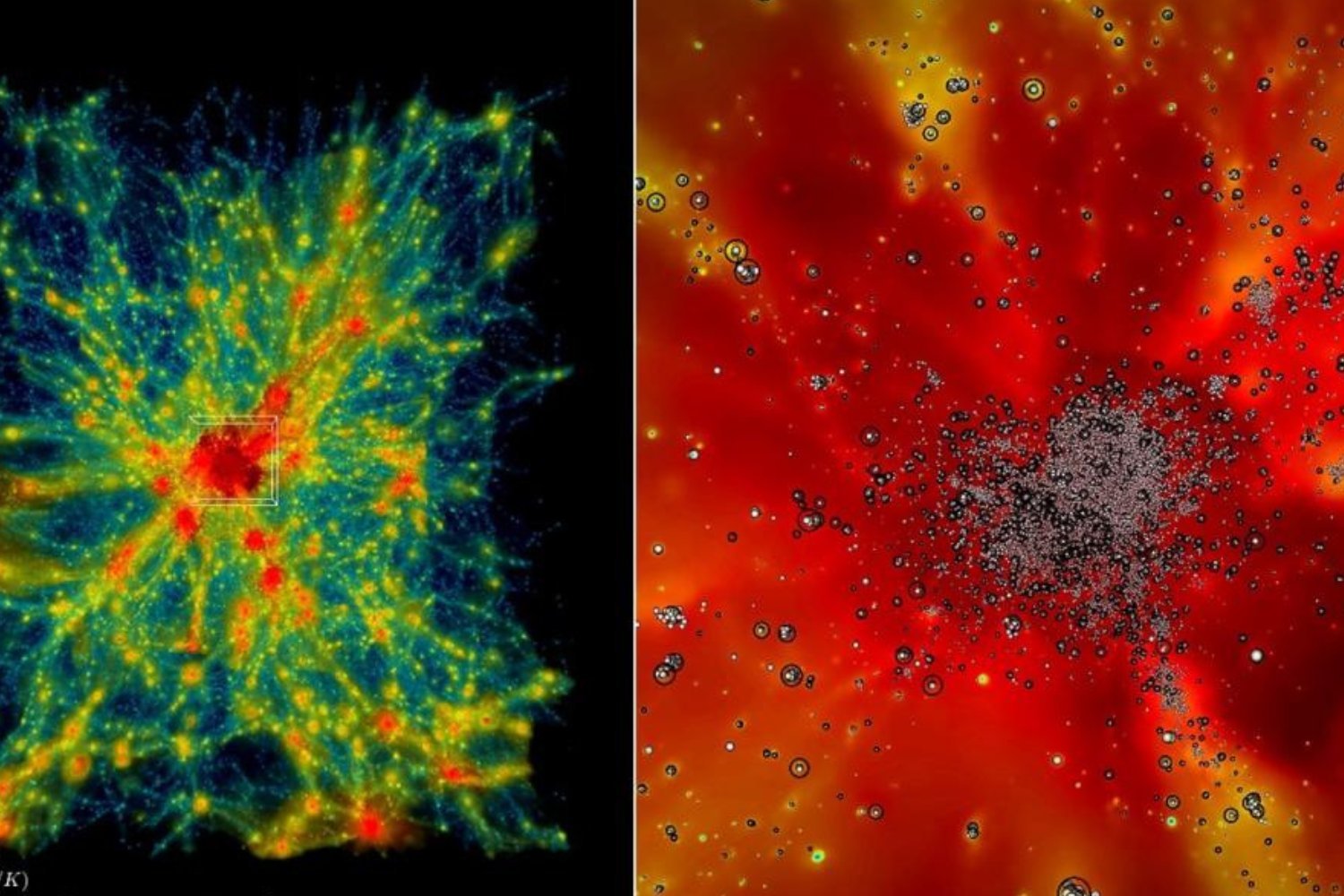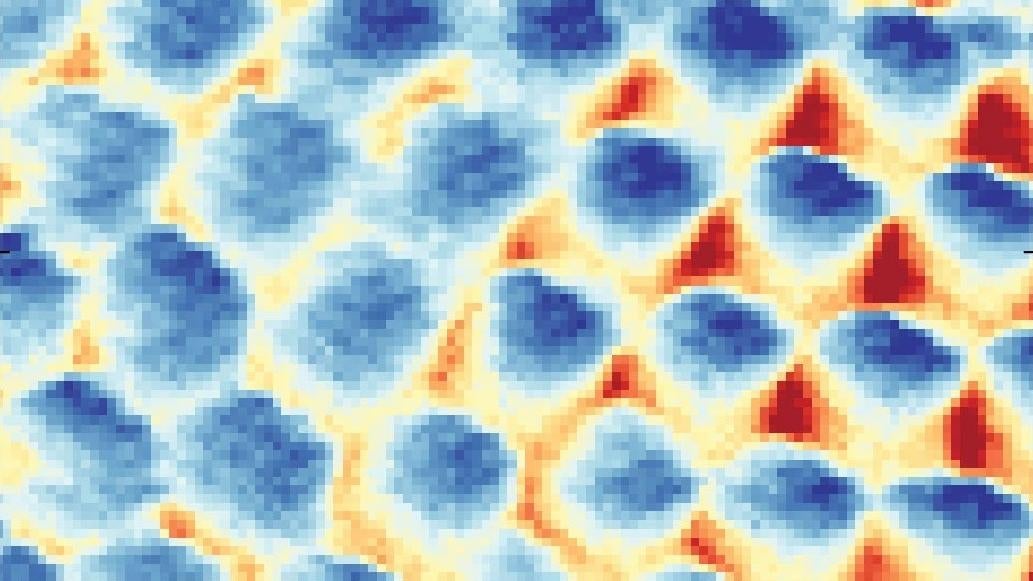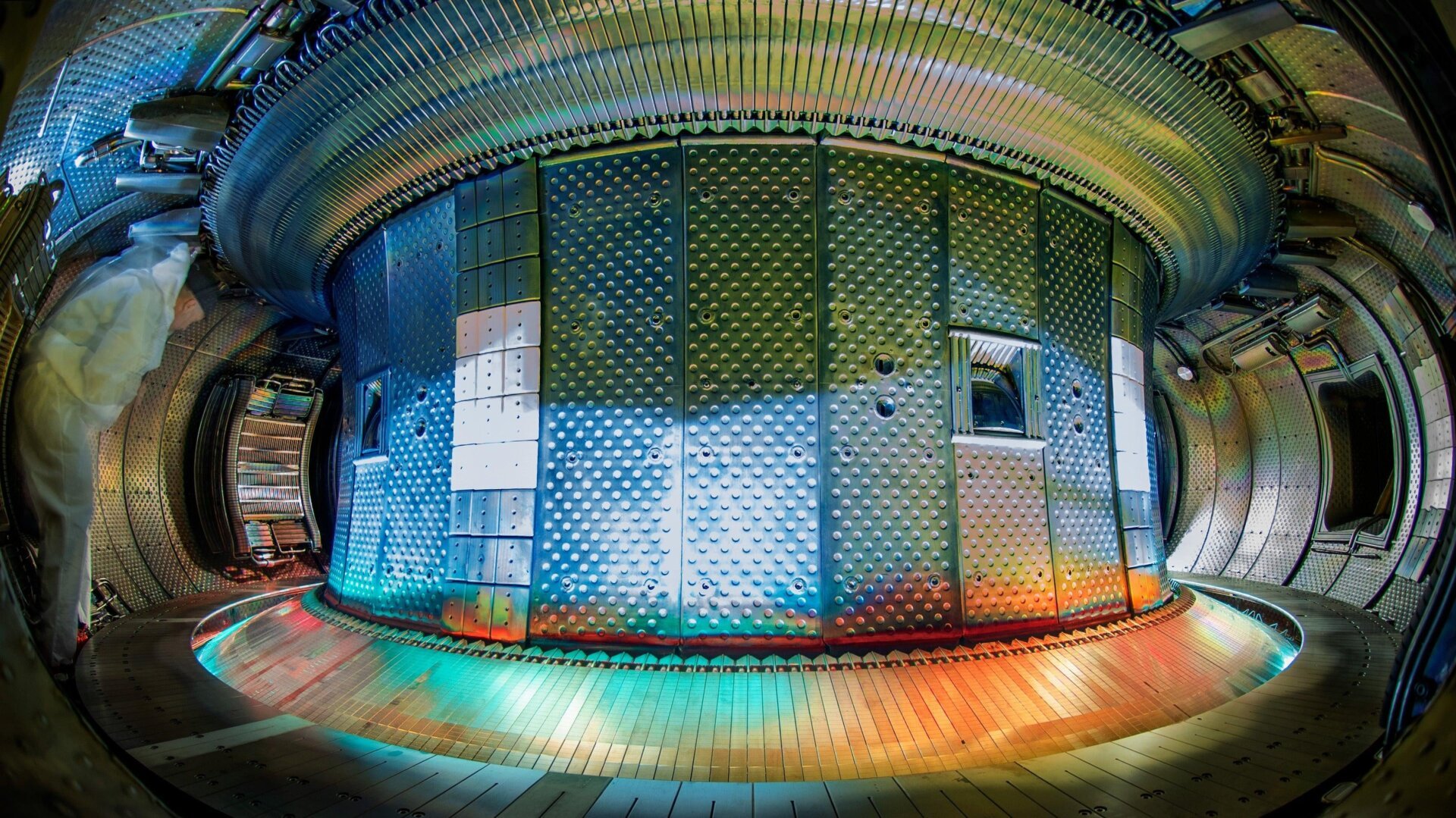Axions, hypothetical particles proposed as a dark matter candidate, might be produced by and accumulate around neutron stars, some of the densest objects in the universe. This intriguing possibility, proposed by physicists from the Universities of Amsterdam, Princeton, and Oxford, offers a new avenue for dark matter research and highlights the potential of space-based radio telescopes.
Neutron Stars: Potential Axion Breeding Grounds
The researchers suggest that axions generated within neutron stars could convert into photons and escape into space. However, many axions would remain trapped by the star’s intense gravity, forming an axion cloud. This research, published in Physical Review X, builds upon previous work exploring axions escaping neutron star gravitational fields. “While light can ‘bounce’ off of axions, this is rare. A more common detection method is the Primakoff effect, where axions convert into light (and vice versa) in strong magnetic fields,” explained Anirudh Prabhu, a research scientist at the Princeton Center for Theoretical Science and co-author of the study. Magnetars, a type of neutron star with exceptionally strong magnetic fields, provide ideal conditions for this conversion, making them prime targets for axion detection.
The Enigma of Dark Matter
Dark matter constitutes approximately 27% of the universe’s mass but remains invisible to direct observation, interacting with ordinary matter primarily through gravity. Besides axions, other dark matter candidates include Weakly Interacting Massive Particles (WIMPs), dark photons, and primordial black holes. Axions were initially proposed to address discrepancies in the Standard Model of particle physics, specifically concerning observed neutron characteristics. Interestingly, research on Einstein rings last year provided further support for axions as a viable dark matter candidate.
Detecting Axion Signals from Space
The photons generated by axion conversion could have wavelengths ranging from fractions of an inch to over half a mile. Earth’s ionosphere blocks longer wavelengths, necessitating space-based telescopes for effective observation. “It’s well established that large, time-varying electric fields parallel to magnetic fields create ideal conditions for axion production,” noted Benjamin Safdi, a particle physicist at UC Berkeley, not affiliated with the study. “It’s clear that a significant portion of axions produced in pulsars could be gravitationally bound. The authors deserve credit for highlighting this.”
Exploring Axion Production in Neutron Stars
In 2021, Safdi co-authored a study suggesting axion production in the Magnificent Seven, a group of neutron stars in our galaxy. They proposed that axions converting to photons could explain the observed high-frequency X-rays from these stars. The recent research suggests that many axions remain near their source, accumulating over vast timescales. “These axions accumulate over astrophysical timescales, forming a dense ‘axion cloud’ around the star,” the researchers stated. They believe existing radio telescopes could significantly improve sensitivity to axion-photon coupling. However, Safdi cautions about uncertainties in the calculations and emphasizes the need for further research on detection prospects, including modeling neutron star populations and assessing instrument sensitivity.
The Need for Space-Based Radio Telescopes
Current space telescopes like the James Webb and Euclid primarily operate in the infrared spectrum. A compelling option for radio observation is the Lunar Crater Radio Telescope (LCRT), a proposed large radio telescope situated in a lunar crater on the Moon’s far side. While ground-based radio telescopes like MeerKAT, the Very Large Telescope, and ALMA contribute significantly, a space-based radio mission may be crucial for detecting axion waves.
The Future of Axion Research
“Axions are a promising avenue for new physics, but their weak interactions with ordinary matter make them challenging to study,” Safdi stated. “These interactions are amplified in extreme environments like neutron star magnetospheres. Research in this area could pave the way for groundbreaking discoveries.” Further research and the development of new observation tools will be essential to unlock the secrets of axions and their potential role as dark matter.
Conclusion
The possibility of axion clouds around neutron stars presents exciting opportunities for dark matter research. While challenges remain, this new direction could lead to significant advancements in our understanding of the universe’s composition and the nature of dark matter. Future research, especially with space-based radio telescopes, may finally reveal the elusive axion and its connection to the mysterious dark matter that pervades the cosmos.




